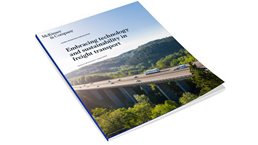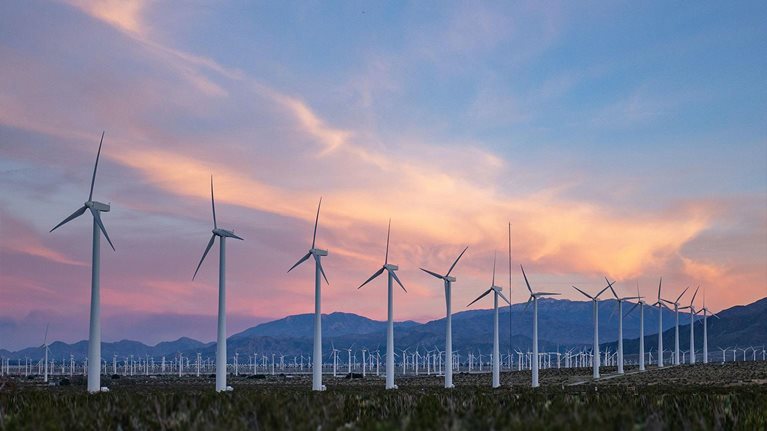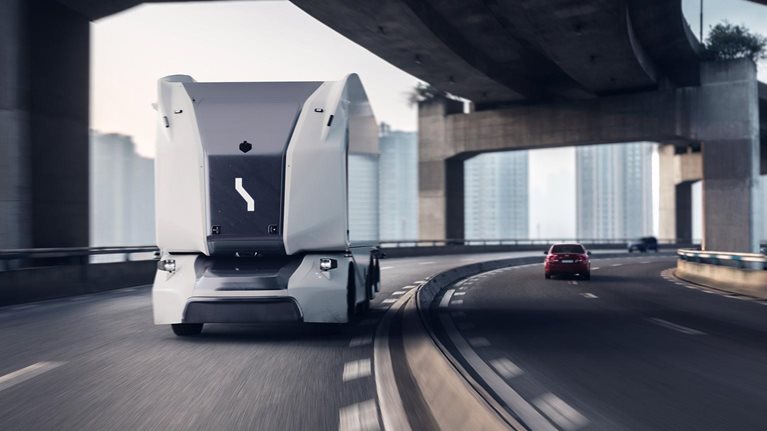In recent years, global efforts to reduce emissions and environmental impact have strengthened, as evidenced by the industrial economy’s commitment to meet net-zero emissions by 2050.1 And when it comes to road infrastructure, nearly $1 trillion will be invested annually over the next two decades, making it the second-highest area of infrastructure investment.2
Various stakeholders, such as road users, governments, and investors, will invest a significant portion of these dollars to pursue the green transition in road transport. As a result, road developers and operators could have a huge impact on lowering emissions, particularly from energy used on road networks, building materials and fleet operations, and the use of private and commercial vehicles.
Navigating the years to come will require operators to build decarbonization road maps around five topics: improving energy efficiency and increasing renewable generation, enabling sustainable mobility, driving circularity, increasing resilience to climate change, and launching alternative tariff models.
Pursuing the green transition in road transport: An overview
Globally, road transportation accounts for about 15 percent of total CO2 emissions and 74 percent of total transportation emissions.3 Road developers are also significant drivers of demand for construction materials and equipment that have a substantial carbon footprint. Road players across the value chain are thus in a unique position to make meaningful change toward decarbonization.
In response to increasingly bold environmental regulations such as the UN’s Sustainable Development Goals, three groups of relevant stakeholders are actively encouraging the sector to pursue a green transition:4
- Road users are eager to reduce their own emissions, with 64 percent of drivers describing themselves as environmentally concerned. Interest in new-energy vehicles (NEVs) is increasing among consumers—73 percent of sustainability-minded drivers prefer an NEV for their next vehicle, with a hybrid electric vehicle being the most preferred type.5 They need the infrastructure, such as electric-vehicle (EV) charging stations, to achieve this.
- Governments are increasing their efforts and investments to encourage decarbonization; NextGenerationEU, which has a strong focus on green investments, is just one example.6
- Investors are increasingly focused on the sustainability profile of their investments. Recently, independent rating agencies have been measuring environmental, social, and governance (ESG) performance, and companies with high ESG ratings have shown lower cost of capital by 1.1 percentage points.7
That said, pursuing the green transition in road transport won’t be straightforward. The investment required will be substantial, spanning many areas of the road value chain. For example, building out EV charging networks and hydrogen distribution and fueling systems would require an additional $100 billion in annual capital spending over the next 30 years. Stakeholders will need to contend with three primary challenges.
Would you like to learn more about our Global Infrastructure Initiative?
Increasing need for climate resilience
Global CO2 emissions are spiking, resulting in a rise in global temperatures of more than 1°C over preindustrial levels. The subsequent effects of climate change can cause damage to road infrastructure; for example, increased temperatures can damage road surfaces or cause flooding. Furthermore, these events can have complex and nonlinear knock-on effects, which can have implications for the broader economy and result in the need for more investments in resilient infrastructure construction.8
High-impact Scope 3 emissions
Many road operators recognize their unique role in the industry and are actively trying to reduce emissions they do not cause directly, such as those caused by infrastructure users (otherwise known as Scope 3 emissions). For example, 80 percent of total road construction emissions are in the form of embodied carbon and are generated by the production process of material used to build roads.9
Requirement for new competencies and capabilities
Investors are taking ESG issues more seriously, resulting in a growing green-bond market and an impact on the cost of capital. Yet some players lack a comprehensive view on the topic as well as the capabilities to develop an internal proposition. According to a recent study, just 29 percent of Fortune 100 board directors have relevant ESG credentials. And these are largely concentrated on the social element of ESG—21 percent of directors have relevant social experience, while only 6 percent have governance or environmental experience.10
How road operators can navigate the years to come
Road operators that hope to stay ahead of the curve should undertake initiatives around the following topics: energy efficiency and renewable generation, sustainable mobility, circularity, resilience to climate change, and alternative tariff models.
Energy efficiency and renewable generation
One significant lever in increasing energy efficiency is the replacement of lighting with LED technology. In road management, the majority of electricity use is driven by road lighting, and LED replacements can reduce energy requirements by 20 to 30 percent. Additionally, LEDs exhibit far superior light distribution by focusing beams in a targeted direction, thus reducing the number of lights needed in an area. By installing LEDs, one major roads operator was able to save €20 million on energy consumption.
Distributed generation, especially through the implementation of photovoltaic (PV) systems, is a reliable solution for the self-production of clean energy. Road operators can leverage a variety of solutions for PV panel placement, including applications in spare spaces without traffic loads—such as spare ground, facilities, and buildings—and advanced applications such as solar pavement solutions in structures that see heavy traffic.11

Voices on Infrastructure: Embracing technology & sustainability in freight transport
Enabling sustainable mobility
Deploying the infrastructure needed to enable full access to sustainable mobility is central to achieving decarbonization goals, and high-impact projects often involve the installation of electric-charging and hydrogen stations. Indeed, the number of electric-charging stations is expected to grow at a CAGR of nearly 32 percent by 2028.12
Other solutions include the development of intermodal hubs, which play a crucial role in facilitating the use of sustainable transportation modes. Globally, travelers value the importance of having interconnected means of transportation. In the United States, for example, the National Center of Intermodal Transportation (NCIT) has promoted a national intermodal system.13 Road operators could also repurpose disused toll barriers into intermodal facilities, generating environmental and social benefits.
Initiatives that promote circularity
Circular-economy initiatives aim to reduce the environmental impact of road infrastructure by taking advantage of waste or other elements of asset management, such as recycled road surfaces, systems for water runoff recovery, recycled mowed grass, separate waste management, and measures for conserving biodiversity.
Notably, circular marketplaces represent an effective solution to drive coordination and collaboration within road operators’ supply chains. In fact, some companies provide digital matchmaking platforms that enable others to find new high-value reuse options for materials or waste products.
Resilience to climate change
Building resilient infrastructure is key to coping with global warming and the subsequent increase in natural disasters. Initiatives to build resilient infrastructure fall into two groups: structural adaptation measures and management (or nonstructural) adaptation measures.14 While the former category includes building new infrastructure capable of resisting to a harsher environment, management adaptation measures typically leverage advanced continuous monitoring to drive maintenance operations.
Indeed, stakeholders can use data, analytics, and new technologies to better prepare for and respond to extreme climate events such as flooding, storms, and wildfires. To this end, powerful, off-the-shelf predictive models can be leveraged to boost asset risk management. These models can also help detect vulnerable assets, quantify potential impact, and define and prioritize key actions based on cost-benefit analyses.
Alternative tariff models that promote sustainable mobility
Reducing travel times and traffic congestion can also lead to sustainable mobility. The free-flow system, for example, enables the dynamic identification of vehicles and assessment of tolls through detection without stopping. The system also enables dynamic pricing to reward users based on virtuous behavior, time of use, or environmental parameters.
The effective implementation of decarbonization initiatives will require collaboration across the supply chain. For instance, by using intermittent road closures (instead of full road closures), construction companies can reduce greenhouse-gas emissions related to work projects by up to 24 percent.15 Downstream, road operators can help orchestrate traffic data, helping the 15 percent of users who believe eco-routing solutions are the most important connected service for sustainability.16 Thus, collaboration along these lines will likely be the success factor when adequately assessing, managing, and preparing for anticipated future climate events.
This article is part of Global Infrastructure Initiative’s Voices on Infrastructure.


